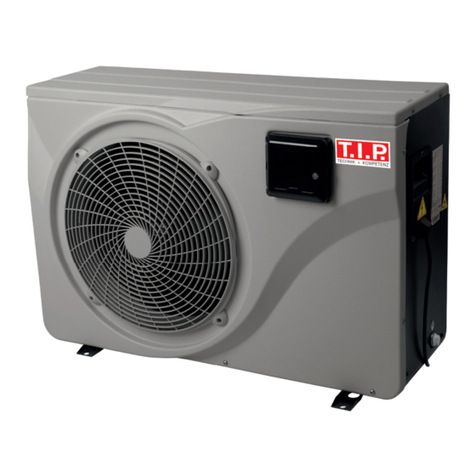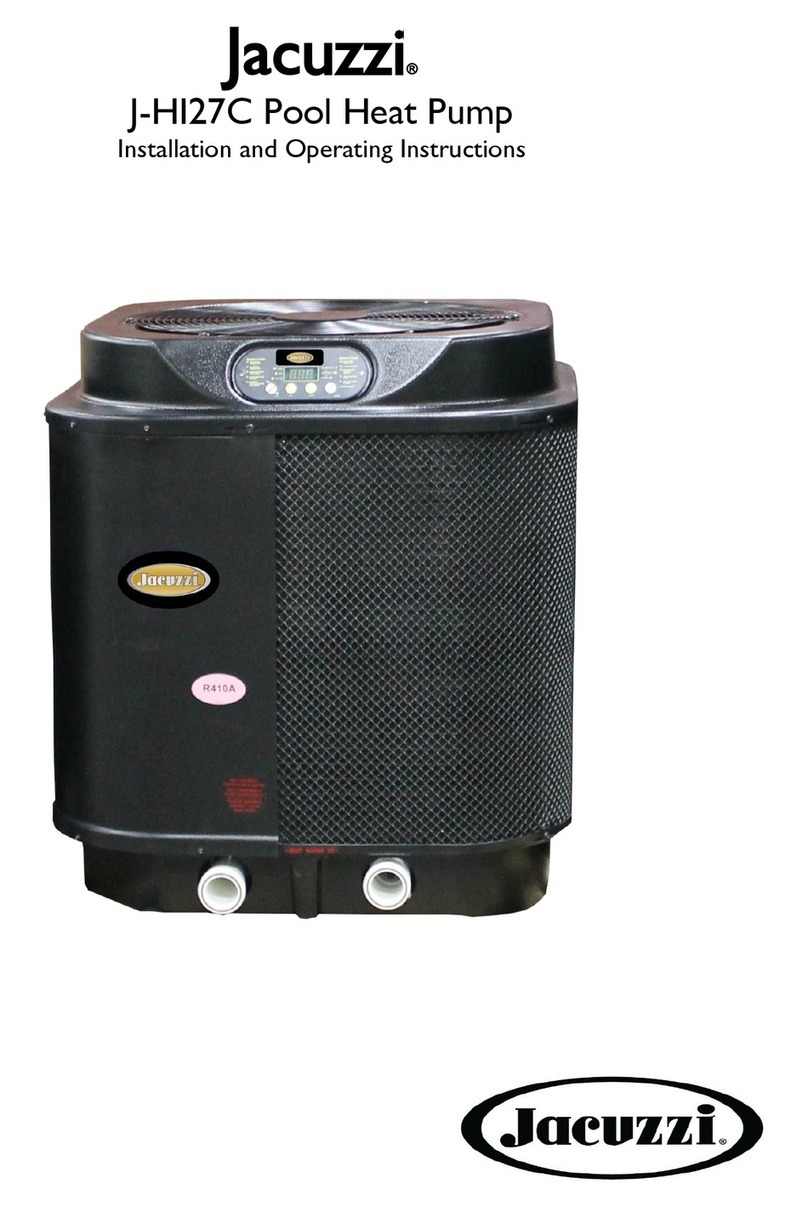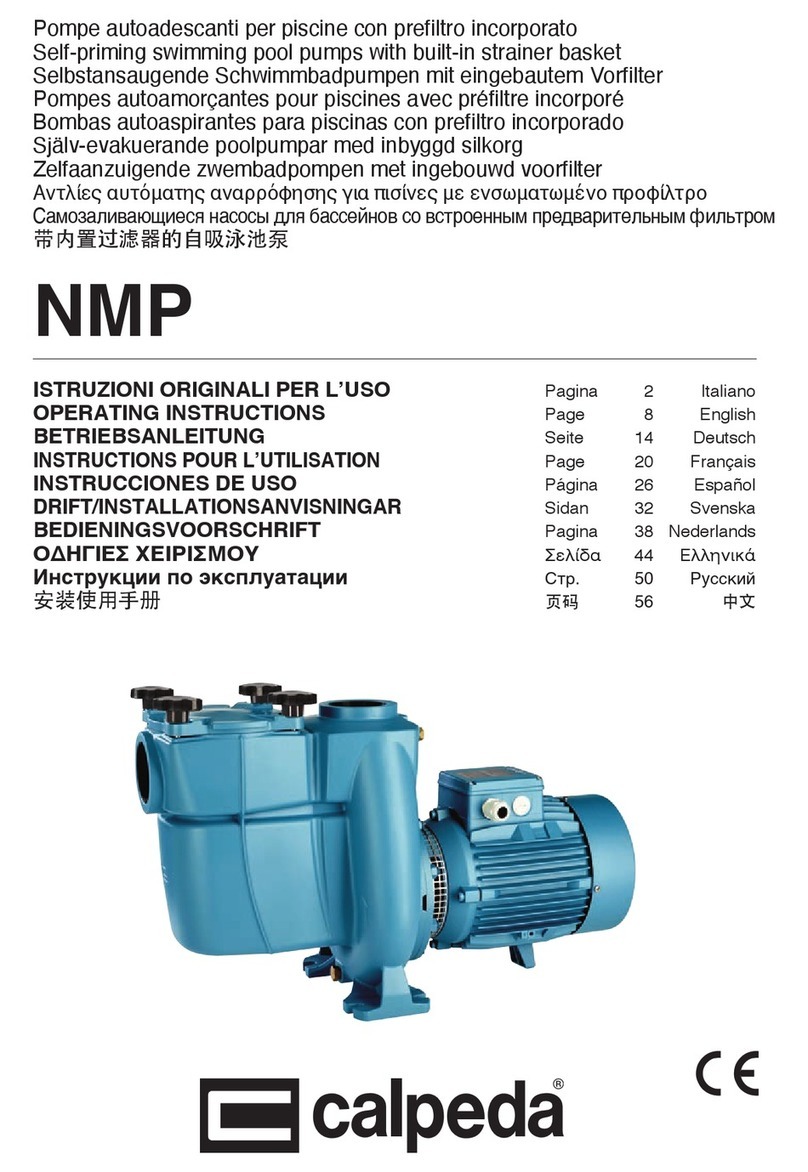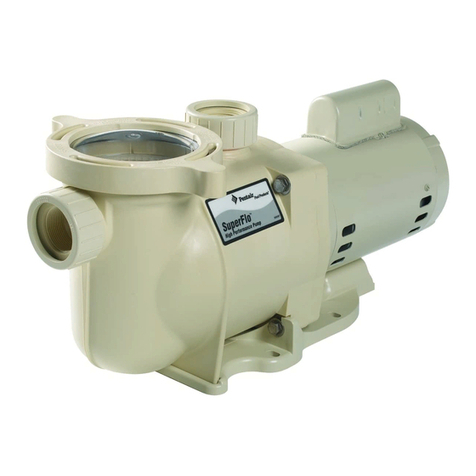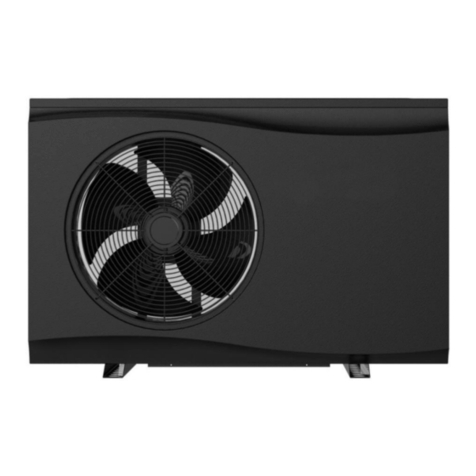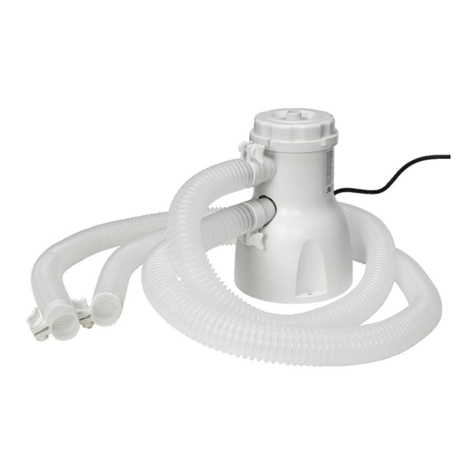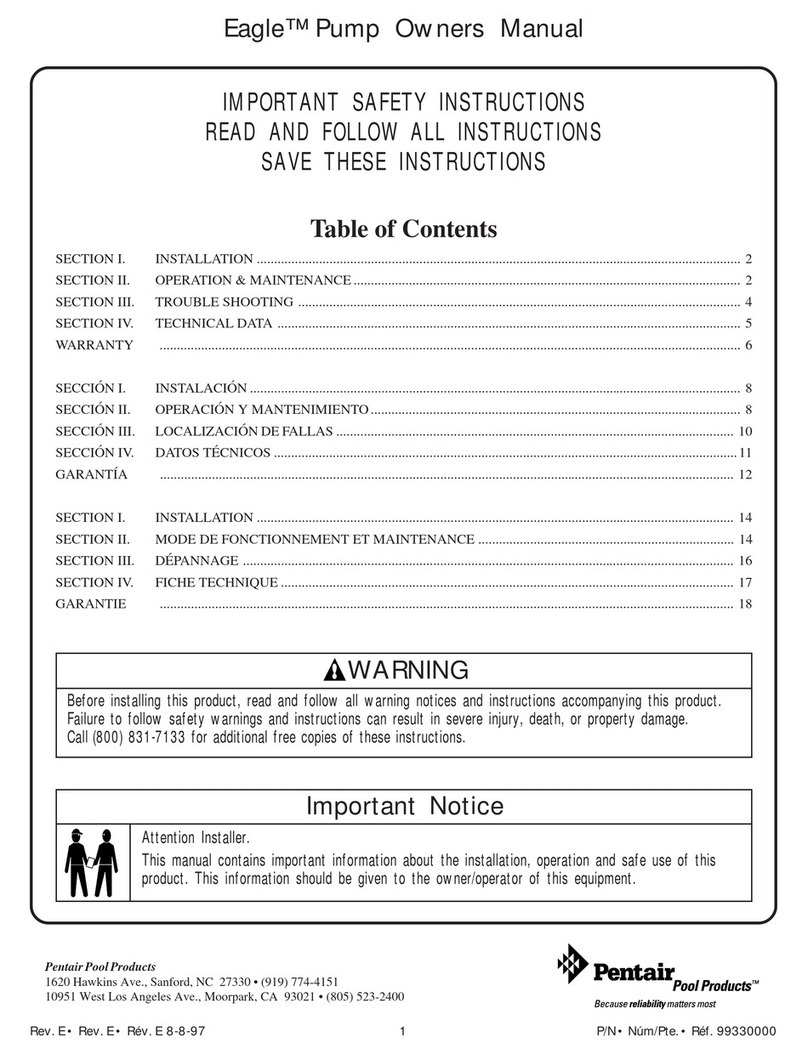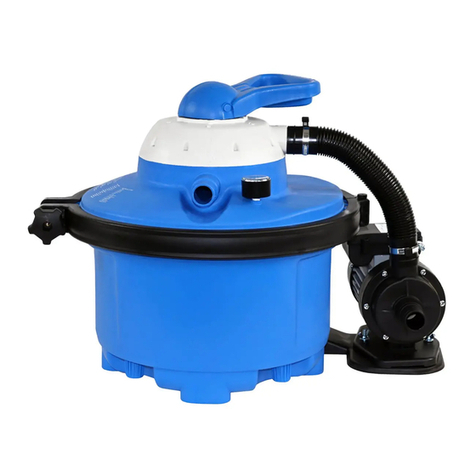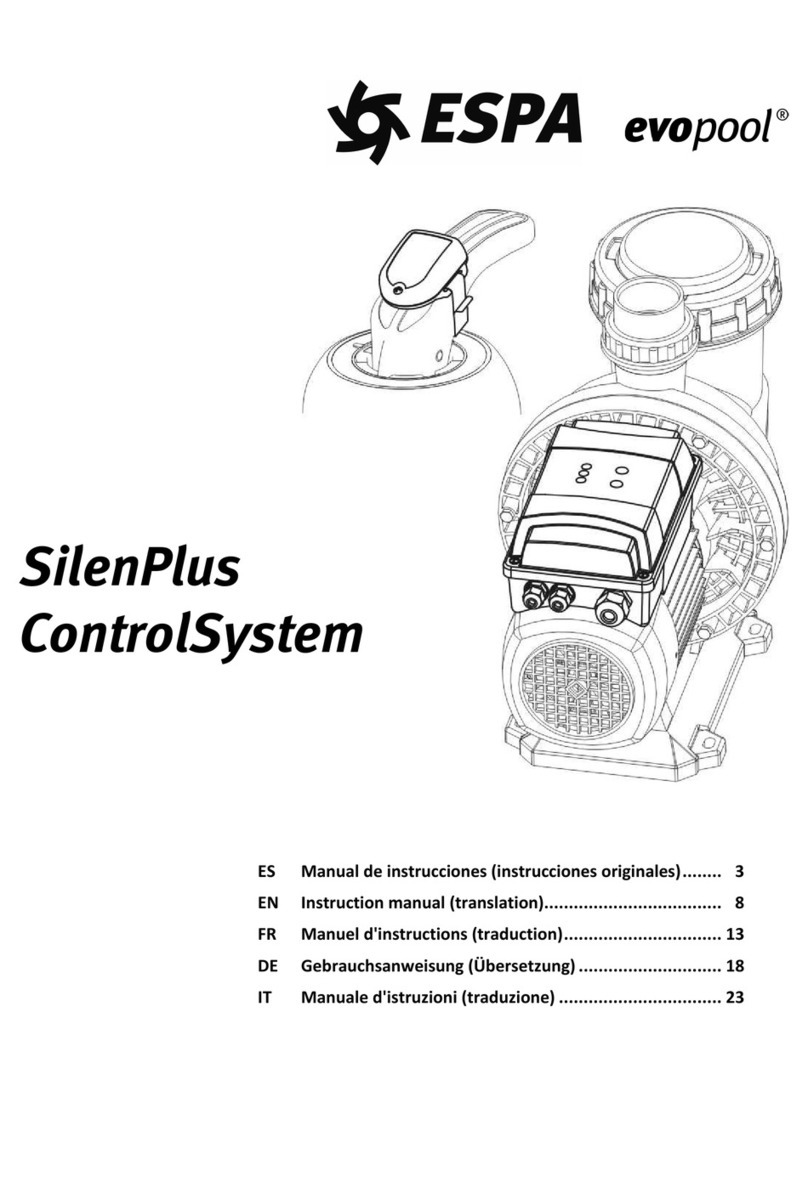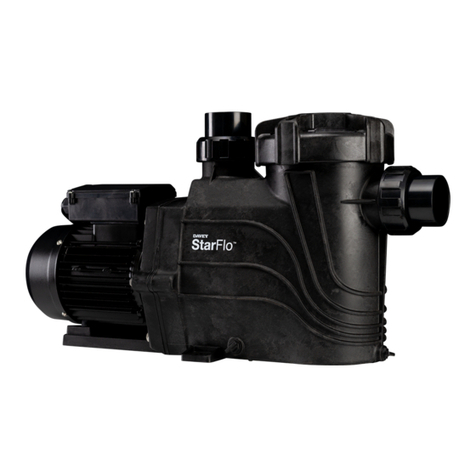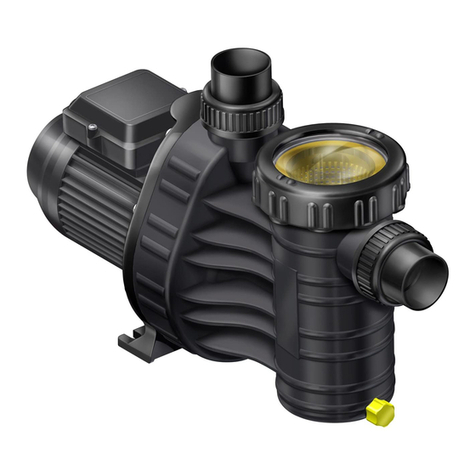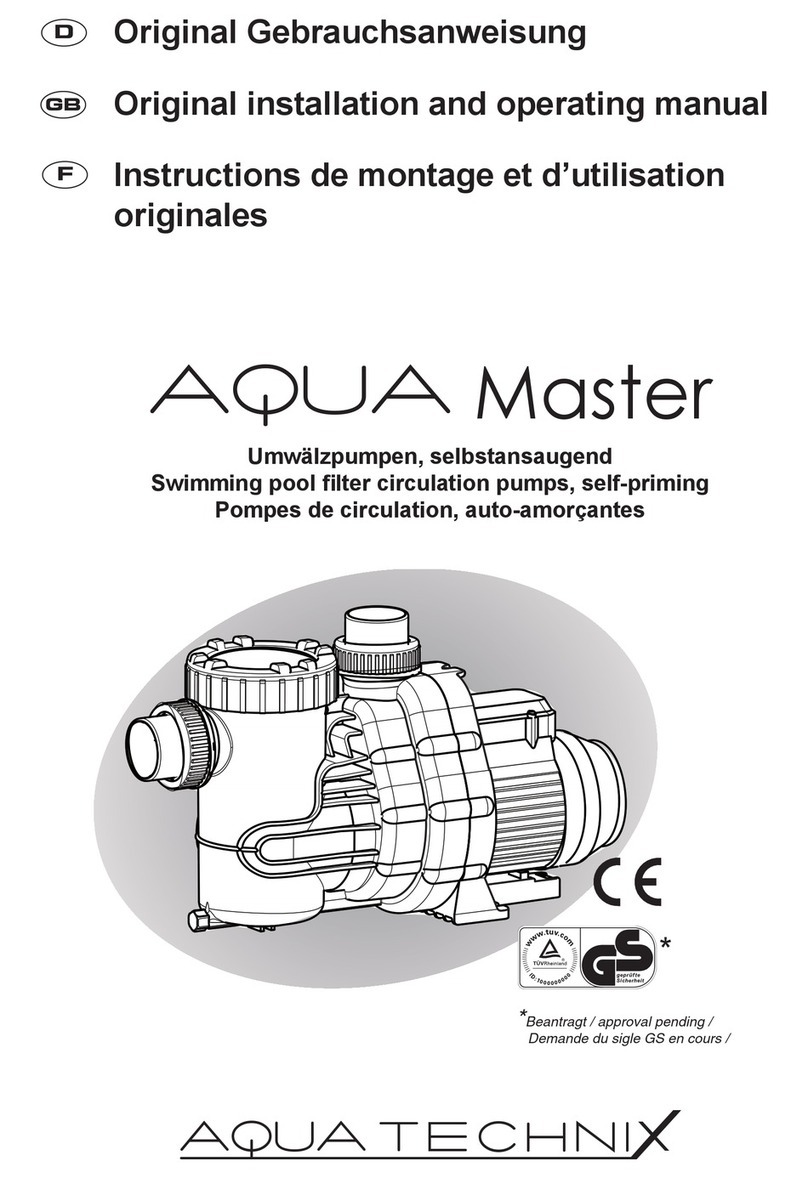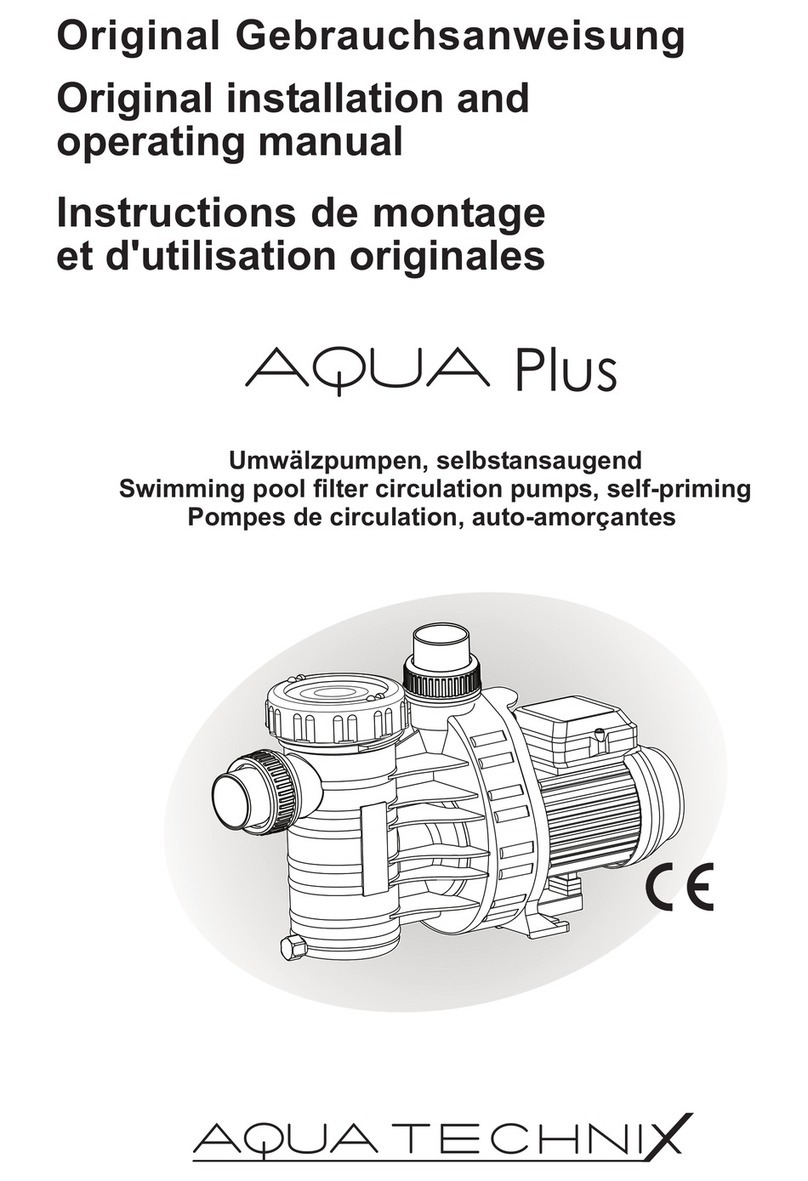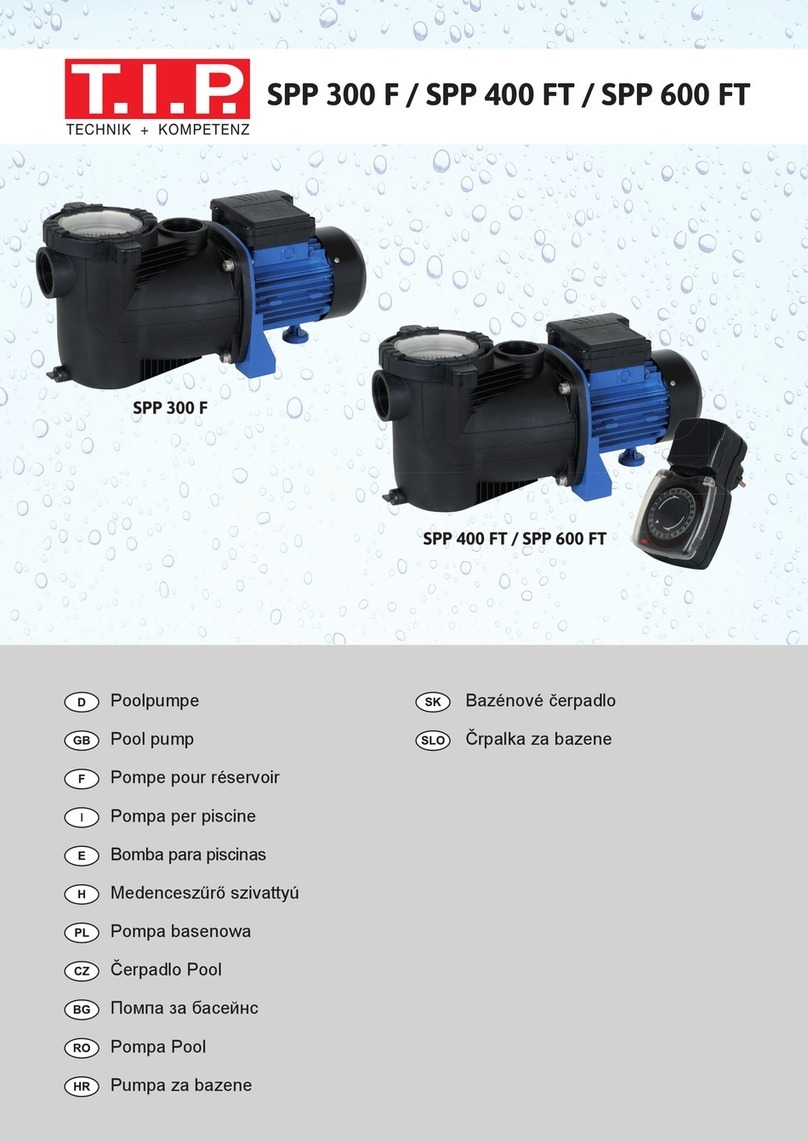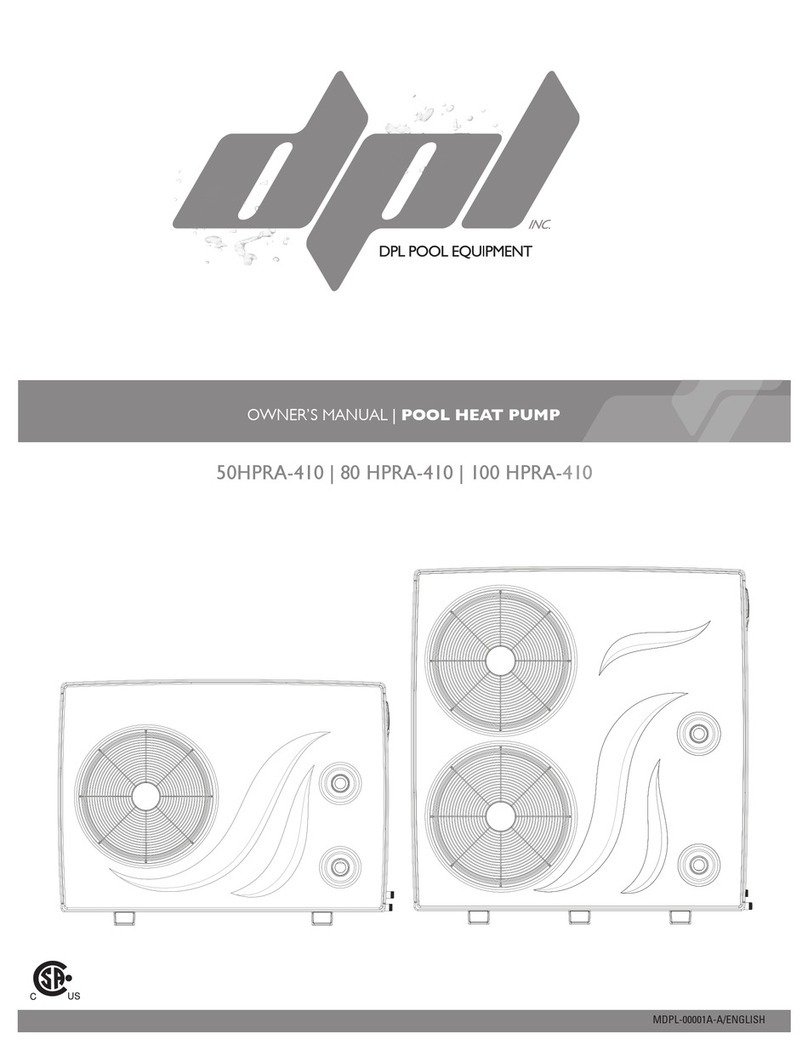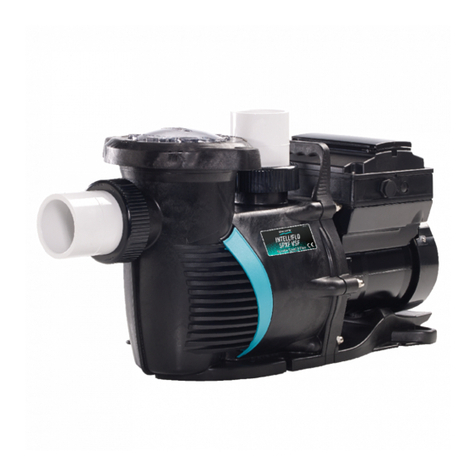
3 |
1. Allgemeines
AQUA TechniX GmbH, Neunkirchen am Sand
2. Sicherheitshinweise
Mögliche Fehlanwendungen
- Einbau der Pumpe bei verspanntem Zustand des Rohrsystems.
- Betrieb der Pumpe außerhalb des Einsatzbereichs, der im
Pumpendatenblatt spezifiziert ist, zum Beispiel zu hoher
Systemdruck.
- Öffnen und Instandhalten der Pumpe durch nicht qualifiziertes
Personal.
Diese Betriebsanleitung enthält Hinweise, die bei Aufstellung,
Inbetriebnahme, Betrieb und Wartung der Pumpe zu beachten
sind.
Daher ist es wichtig, vor der Aufstellung der Pumpe, die
Betriebsanleitung sorgfältig zu lesen und am Einsatzort der
Maschine aufzubewahren. Die Betriebsanleitung muss jederzeit
für das bedienende Personal verfügbar sein.
Diese Pumpe kann von Kindern ab 8 Jahren und darüber sowie
von Personen mit verringerten physischen, sensorischen oder
mentalen Fähigkeiten oder Mangel an Erfahrung und Wissen
benutzt werden, wenn sie beaufsichtigt oder bezüglich des
sichereren Gebrauchs der Pumpe unterwiesen wurden und die
daraus resultierenden Gefahren verstehen. Kinder dürfen nicht
mit der Pumpe spielen. Reinigung und Benutzer-Wartung dürfen
nicht von Kindern ohne Beaufsichtigung durchgeführt werden.
Sicherheitszeichen
Warnung - Elektrische Spannung
Gefahr - bei Nichtbeachtung der Vorschriften
erhöht sich das Risiko, dass Personen und/
oder Sachen Schaden nehmen.
Restrisiken
Herabfallende Teile
Die Tragösen am Motor sind nur für das Gewicht des Motors
ausgelegt. Beim Anhängen eines kompletten Pumpenaggregats
können die Tragösen abbrechen.
- Pumpenaggregat, bestehend aus Motor und Pumpe, sowohl
motor- als auch pumpenseitig anhängen.
- Nur geeignete und technisch einwandfreie Hebezeuge und
Lastaufnahmemittel verwenden.
- Nicht unter schwebenden Lasten aufhalten.
!
D42.02.309-P
DE
